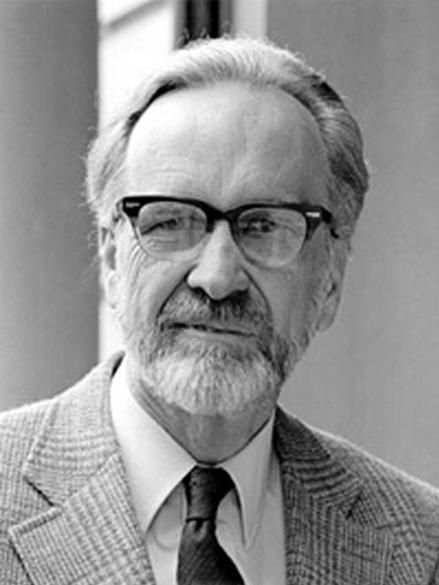| Excerpt from www.NDMA.COM, © 2025 N. Dean Meyer and Associates Inc.
Ed Lindblom - Market Economics Is the Most Powerful Mechanism of Social Coordination Known to Mankind
why market economics is the best basis for the design of organizational structure, teamwork processes, and resource-governance processes (44-min audio)
rare private lecture by Yale professor emeritus of economics and political science, Dr. Charles "Ed" Lindblom (1917-2018)
International Executive Forum, Western Behavioral Sciences Institute, January, 1990
The person who inspired me to study the application of market economics within organizations was renowned Yale professor emeritus of economics and political science, Dr. Charles "Ed" Lindblom. He was known as the world's leading authority on the intersection of market economics and democracy. I had the honor of meeting Ed at a small, invitation-only, conference in January, 1990. He made it abundantly clear that market economics is the most powerful mechanism of social coordination known to mankind. This inspired me to spend the next 35 years figuring out the practicalities of applying market principles inside organizations. Since then, I've learned that you don't need chargebacks (money changing hands), profit centers, or the freedom to buy outside to implement market-based coordination. You don't need to waste money with groups competing with one another, or lose enterprise synergies with groups working around rather than through one another. In fact, market principles work best in a well-planned organizational structure. And I've learned how market principles can guide the design of structure, teamwork processes, and metrics, as well as resource-governance processes. In this 44-minute audio, Ed explains why market economics (versus central planning, aka top-down command-and-control, steering committees, oversight) is so very powerful. His fatherly charm and story-telling style is captivating. (This is the only place you'll find Ed's inspiring lecture.) Here's a peek at how market economics within organizations works: In a Market Organization, the hierarchy (organization chart) is a meticulously designed mosaic of empowered internal entrepreneurs -- businesses within a business. Teamwork flows across the entire organization when a "prime contractor" subcontracts with other groups for their products and services. One key result: Agility. Like the global economy, a market organization can dynamically assemble teams of just the right specialists from anywhere in the enterprise, to address multiple parallel and ever-changing strategies (without having to restructure whenever strategies change). Any given function (group of specialists) may be involved in multiple strategic initiatives and operational processes at any point in time. Priorities are aligned, and everybody is focused on desired results. This degree of agility cannot be accomplished by traditional bureaucratic processes, and certainly not by structures designed around today's strategies, matrixes, or fixed "engineered" processes.
|



